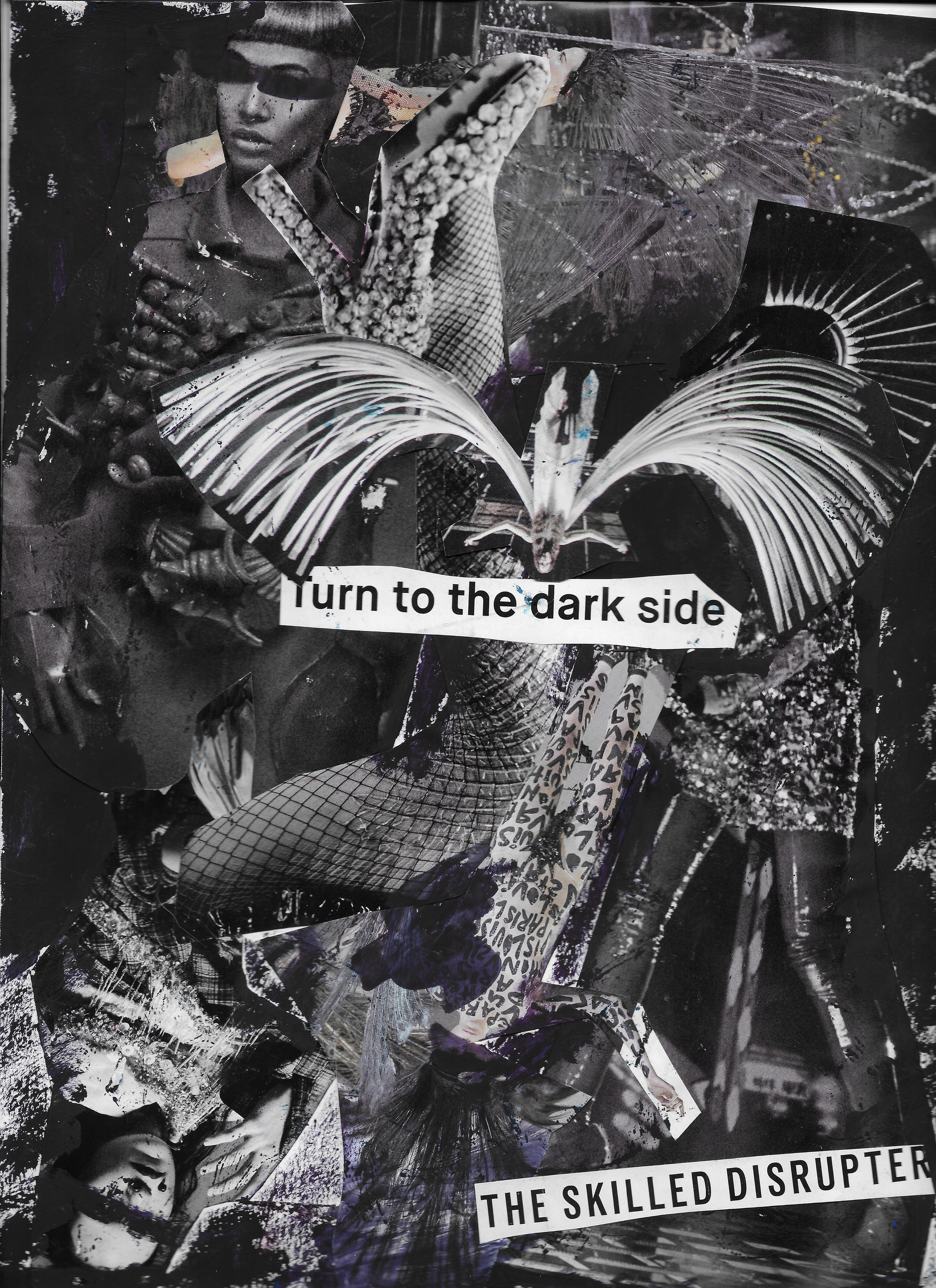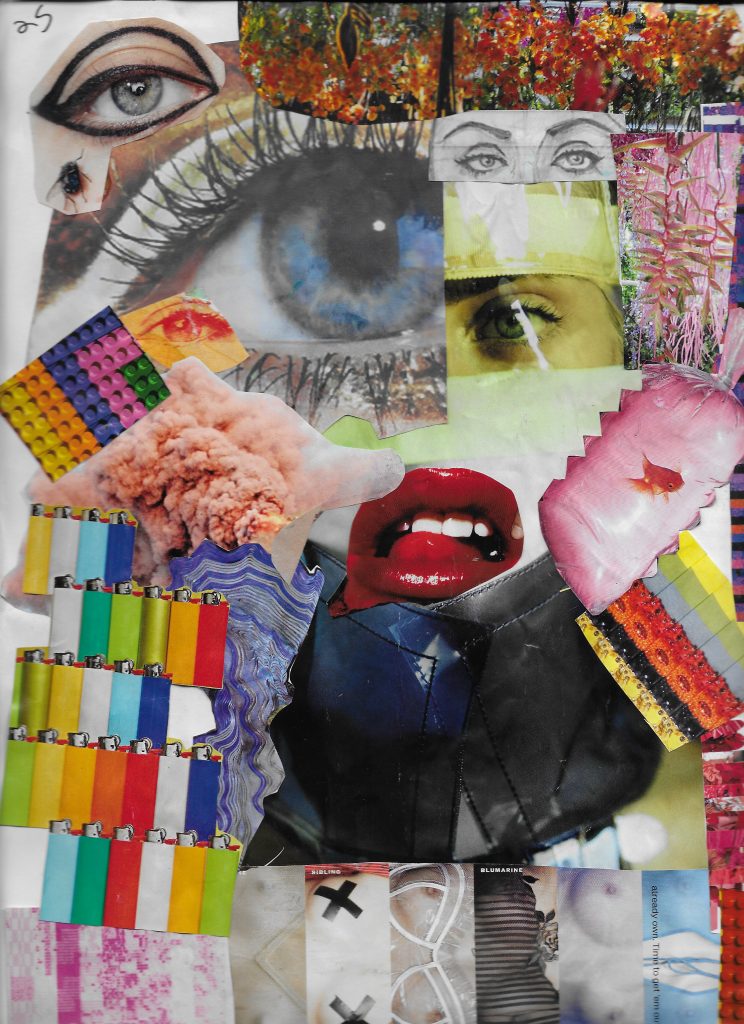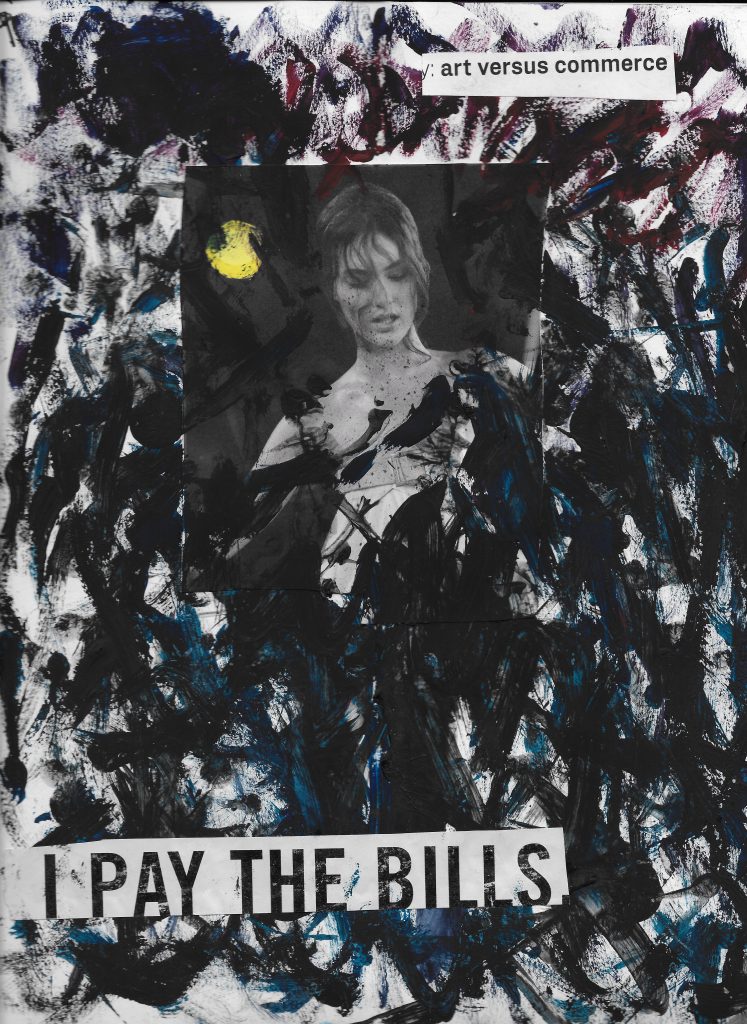Exploring the stigma surrounding mental illness.
WRITTEN AND DESIGNED BY ANYA HABER
Roughly 90 percent of people with mental health problems have felt discriminated against by stigma, according to the Mental Health Foundation. Living with mental illness is hard enough. What’s even harder is to do so while having to defend the very existence of a disease you wish you never had.
There’s no denying that mental illness is shrouded in stigma, both social and perceived. Social stigma comes from society, whereas perceived stigma comes from within. Perceived stigma can have an immensely devastating effect on individuals with mental illness. The shame of being labeled causes people to forgo treatment and pretend the problem doesn’t exist. Although societal attitudes toward mental illness are improving, social stigma is still a potent force and is often masked as something else. Films and TV shows tend to exacerbate symptoms of mentally-ill characters for dramatic effect, causing the public to be bombarded with messages that the mentally ill are dangerous. According to Psychology Today, “An analysis of English-language movies released between 1990-2010 that de-picted at least one character with schizophrenia, found that most schizophrenic characters displayed violent behavior, one-third of these violent characters engaged in homicidal behavior and a quarter committed suicide.”
You could be promoting social stigma without even realizing it. A popular and insulting way to subtly shame mental illness is to treat it as a common emotion that can quickly come and go. Using clinical illnesses as adjectives to describe feelings is a form of social stigma. When you’re feeling sad, don’t tell people you’re depressed. If you are a perfectionist, don’t say you have obsessive-compulsive disorder (OCD). Conversely, if someone diagnosed with OCD talks about their illness, don’t respond saying you have it too if you are a perfectionist and not someone with OCD. It diminishes the disease and the individual paying professionals and taking medication to keep their disorder at bay.
Another way to banish the stigma of mental illness is to view its symptoms and course of treatment the same as any physical ailment, like breaking your arm. According to the 1999 U.S. The National Alliance on Mental Illness (NAMI) encourages people to think of mental illness as equal to physical illness to fight stigma. Surgeon General’s Report on mental health, “Mental illnesses are just as real as other illnesses, and they are like other illnesses in most ways. Yet fear and stigma persist, resulting in lost opportunities for individuals to seek treatment and improve or recover.”
To better understand the different severities of mental illness, they can be separated into three distinct categories: severe mental illness (SMI), any mental illness (AMI) and maintenance. SMI is a subset of AMI, which includes all mental illnesses.
SMI is akin to any genetic illness. This is a chronic illness you’re born with and will have for the rest of your life, though it can have a minimal negative impact on the right treatment plan. There’s a high chance it runs in your family and you may experience severe symptoms starting at a young age. AMI is something you can develop during certain stressful times throughout your life, such as unemployment or giving birth. Like cancer, people who fall into this category have a genetic predisposition for mental illness — but it is not constant, daily part like SMI is. There are remission periods that can last decades. AMI is relatively common — the National Institute of Mental Health reported that in 2016, 18.3 percent of American adults suffered from AMI, whereas SMI accounted for only 4.2 percent. The last category is the least serious of the three, but should still be cared for on a daily basis. Rather, it’s periods of low mood levels caused or worsened by your daily activities. Healthy ways to regulate your mood include sticking to a consistent sleep schedule, exercise, meditation and dividing your time between work, social events and downtime in an even and balanced manner. Accepting that there are different levels of severity is essential to properly understand the complexity of mental health ailments.
The best way, in my opinion, to destigmatize mental illness is to be open about it. Talk to people. Talk to your family. If you suspect you have a mental illness, chances are one of your relatives has one as well. Genetics and biology have a substantial impact on your likelihood of developing a mental illness, according to the article “Genetic bases of mental illness — a cure for stigma?” published by Trends in NeuroSciences in 2002. Not only can your family provide support, but if anyone has been treated for mental illness, you can ask what medications worked for them — potentially bypassing the months of trial-and-error most patients go through before finding the right medication and dosage.
Mental illness is a severe sickness and should be treated as such. Though stigma may never become a distant memory of the past, each one of us has a responsibility to dispel the subtle yet negative stereotypes that pervade our culture every day. Speak up when you see it happening. Educate those spreading the stigma. Mental illness is not a choice, but ignorance is.










